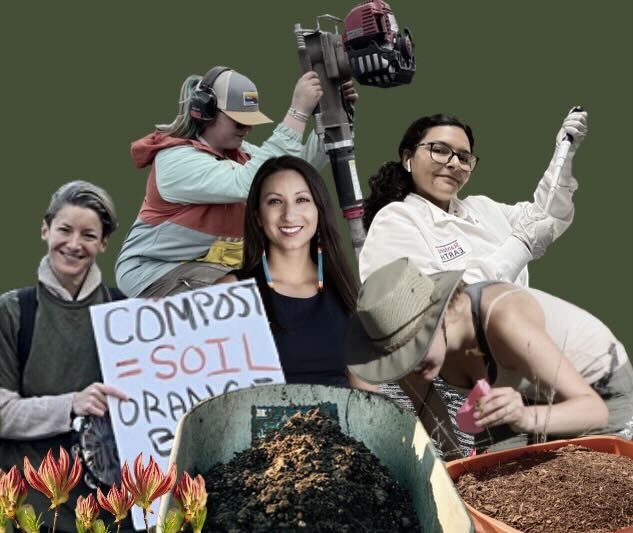
The Story Exchange today announced the winners of its third annual Women In Science Incentive Prize — a $25,000 grant program that supports innovative female scientists working to combat the devastating impacts of climate change.
This year, the hottest year on record, the focus is on women leading efforts to improve soil health. “Whether it’s rising sea levels or more frequent wildfires, the very land we walk on is increasingly at risk,” said Victoria Wang, co-founder of The Story Exchange. “These scientists impressed us with their innovative solutions and their commitment to vulnerable communities, as we know soil health is an environmental justice issue as well.”
Extreme conditions impact soil, which has long been overlooked as a habitat for microbes, flora and fauna. Soil resilience is critical to agriculture and food production, but also to public health, as soil can emit greenhouse gases (GHGs) such as carbon dioxide, nitrous oxide and methane.
And while soil importantly filters water, reduces stormwater impacts and serves as a medium for plant growth, it can also store dangerous contaminants such as arsenic and lead. “Much like healthy air and water, access to clean soil is critical for individuals and communities alike,” said Sue Williams, co-founder of The Story Exchange. “World leaders may be too slow to take action, but these women are working with urgency to repair the damage and prevent more from happening.”
The five winners were selected after a two-pronged application process, and following a rigorous scientific review by judges from several universities and an assessment by The Story Exchange editors. To be eligible, applicants needed to have advanced degrees in engineering, environmental science or closely related fields, and be working in the field of soil as researchers or entrepreneurs. The winners will each receive a $5,000 grant to continue their work.
The Story Exchange, which aims to elevate women’s voices, began the Women In Science Incentive Prize in 2021 to specifically recognize the work of female scientists, who often face discrimination and feel isolated in their work. That year, grants went to women working in water, while last year’s went to women leading efforts to improve air quality.
Here are the recipients of this year’s grants, in alphabetical order.
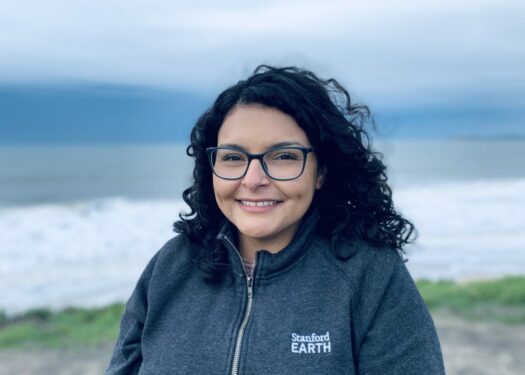
Claudia Christine Avila, an assistant professor at the University of San Diego, works with farmers in southern California concerned about declining water availability.
Claudia Christine Avila
In her work, Claudia Christine Avila partners with farmers in southern California to study how drought and fire transform soil. She believes an early interest in gardening, inspired by her Mexican-born mom, led her to a career in environmental sciences. “It’s really powerful for people to be connected to the land,” she says, “and actually listen to what the soil is telling you.” It’s why she decided to teach students about the “thin veneer upon which life on Earth depends.”
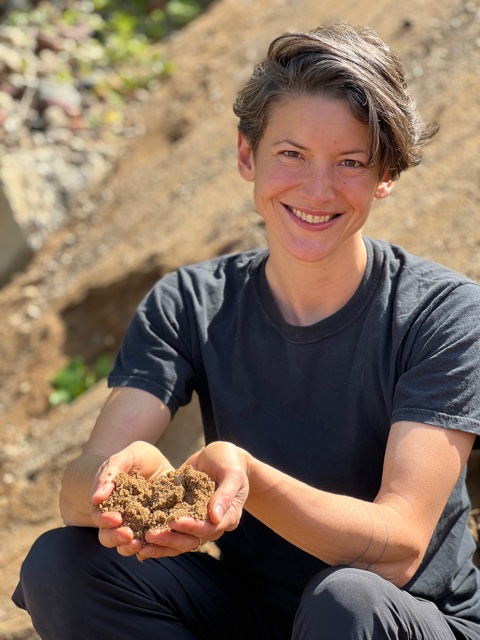
S. Perl Egendorf
At Pace University, S. Perl Egendorf studies urban soils – particularly those in New York City, and their intersections with food and climate justice. Egendorf is raising funds to build a solar-powered truck that can test urban soils and bring soil science to residents – youths and elders alike. Soil is “the interface between the living and the non-living world,” Egendorf explains. “It’s really necessary to support justice, especially in cities where so many of us grow up feeling like nature exists somewhere else.”
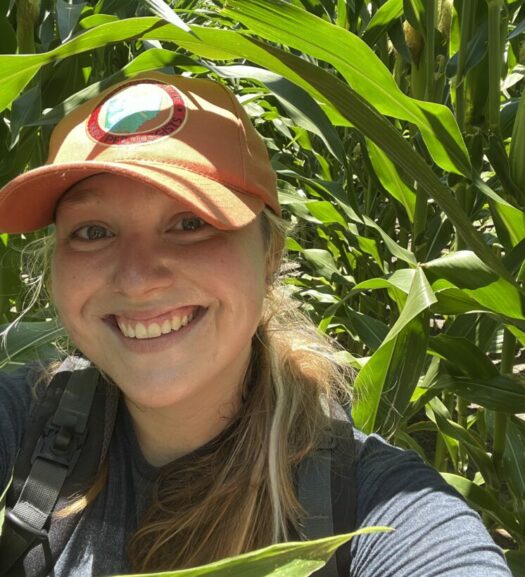
Julia Janson and her team are giving farmers a way to monitor what’s going on with their fields in real time.
Julia Janson
Soil scientist Julia Janson’s research gives new meaning to the term “field” work. In North Carolina, the PhD candidate spends time with farmers to understand how rising sea levels and higher concentrations of salt in the soil impact carbon cycling, microbial diversity and crop productivity. Her state’s valuable agricultural lands are famously flat and fertile, and generations of farming families still harvest there. “Being able to connect with them and spend so much time there has been really eye-opening,” she says.
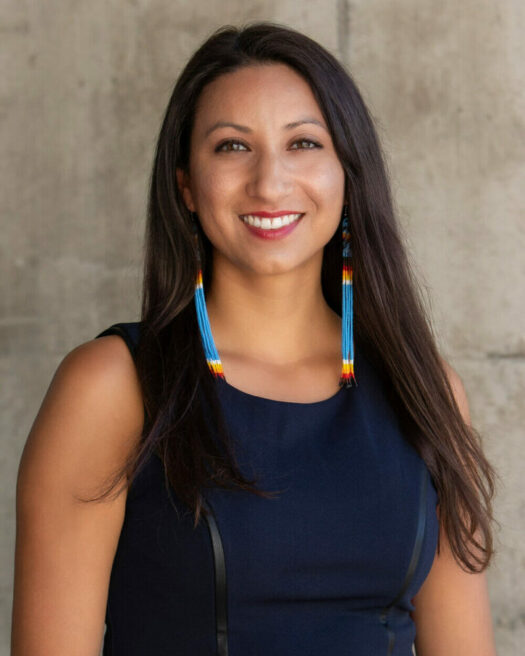
Lydia Jennings, who goes by "NativeSoilNerd" on social media, plans to convert a Covid-19 rapid response unit into a mobile soils lab.
Lydia Jennings
A desert kid, Lydia Jennings grew up in Santa Fe, New Mexico, with Pueblo people. There were no rivers or water in sight – and only the earth to play with. “It helped me see soil in a very complex way,” Jennings says. While people often think about the air they breathe or the water they drink, they often forget about soil, especially if they have little interaction with it. Now a postdoc at Arizona State and Duke universities, she is leading an effort to improve Native lands traversed by gas pipelines and scarred by mining.
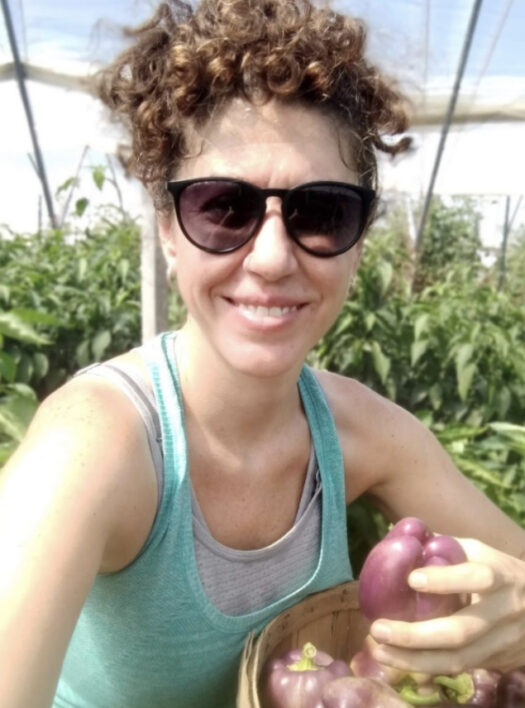
Elizabeth Koziol, an assistant professor at the University of Kansas, has spent two decades researching fungi in nature.
Elizabeth Koziol
For Elizabeth Koziol, it was an awe of arbuscular mycorrhizal fungi – a type of fungus that attaches itself to the roots of plants, providing nutrients and water – that led to her startup, MycoBloom. When you view the fungi under a microscope, “they’re really pretty,” she enthuses. “Lots of yellows and reds and nice colors. And they’re full of fats, so they look like crystal balls.” She’s counting on the fungi’s ability to bolster soil resilience to combat the adverse effects of agriculture, land development and climate change.

